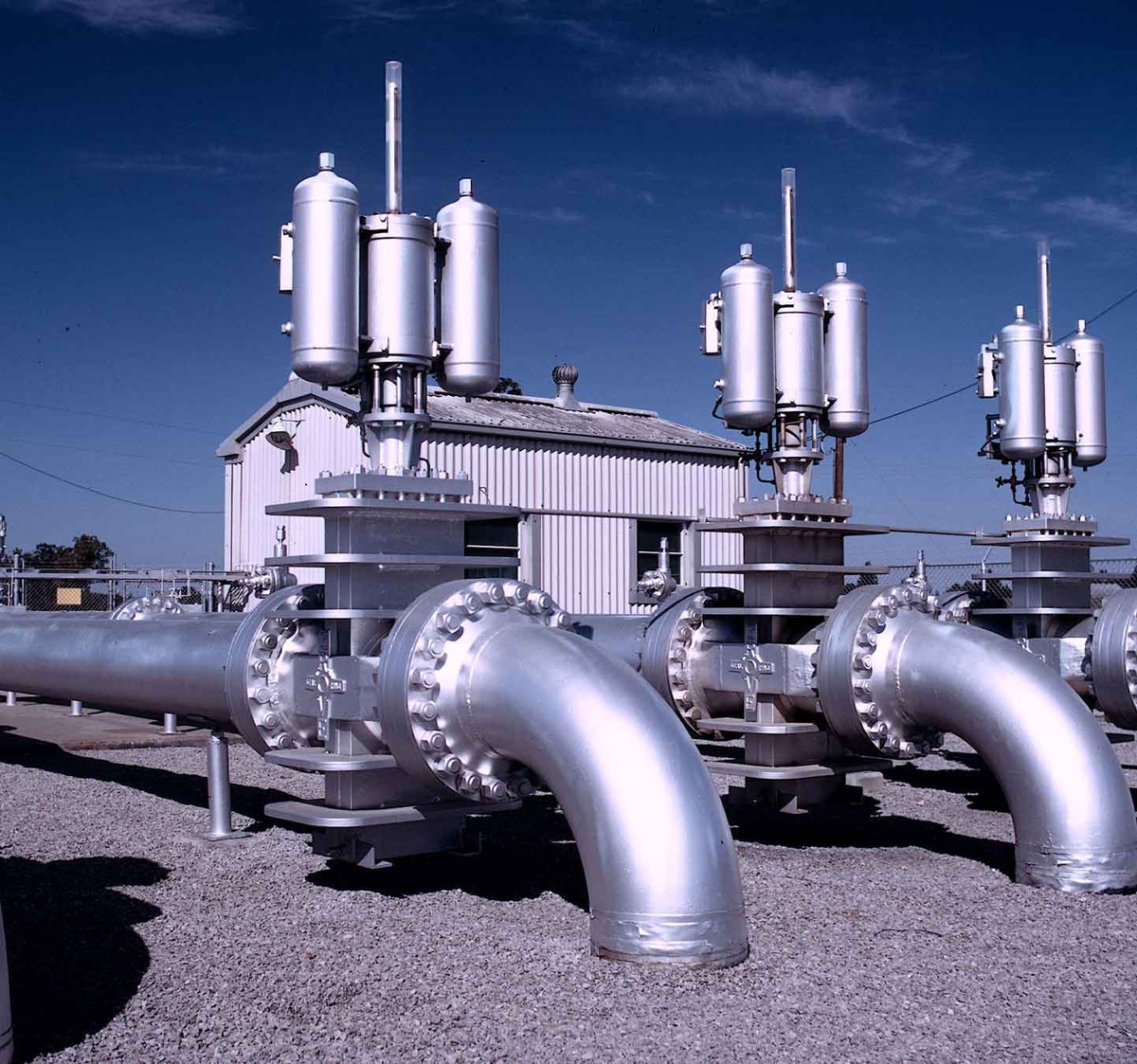The Setting and Selection Principle of Valves and Pipes in Chemical Plant
Valves are a critical part of your system and can impact the performance, safety, and cost of your operation. Selecting the proper size and design is essential to optimizing your valve's function, reducing maintenance, and maximizing safety.
Valves have multiple functions and a wide variety of designs and configurations. Selecting the right one for your application requires consideration of fluid service conditions and characteristics, frequency of use, isolation or regulation needs, safety requirements, and other factors.
The principle of selecting valves in the petroleum and chemical industries
Valve is one of the most important mechanical devices that are used in pipelines and production lines. It is involved in many functions including monitoring flow, pressure, stroke, and more.
There are different types of valves for Chemical Plant Projects, and they differ in their materials. For instance, there are some valves that are made of cast iron, while others are made from stainless steel.
It is important to select the valves based on the characteristics of the fluid service that it will be used in. For example, clean fluids allow a wide choice of valve types, while dirty fluids can only be handled with a specific type of valve.

The principle of selecting valves for shut-off and open medium
Valves are critical mechanical devices used to control the flow of liquids, vapors and slurries through pipes in a process or system. They are available in a variety of shapes and sizes to meet a range of applications.
When selecting valves, it is important to consider their material, the process medium and the application environment. Some materials are more resistant to aggressive fluids, abrasive slurries and chemicals than others.
Selecting the right type of valve for a Chemical EPC project plant application can prevent leaks and damage to the system as well as product quality issues. This can result in improved safety and efficiency, while also saving on maintenance costs.
Choosing the right type of valve for a chemical processing operation requires a knowledge of the specific process requirements and the best pairing of valves with sensors and other equipment. When a proper pairing is not in place, the result can be catastrophic for the system and the resulting product.
The principle of selecting valves for reversing and shunting
Valve selection is based on a variety of criteria. These include flow speed, function (on/off or modulating), whether fire safety is required and other functional requirements.
In addition, valve material and its operating components should be compatible with the media being handled. This helps ensure longevity and safety in the long term.
Often, this means selecting valves that are lined with fluorine plastic. This type of material has a higher resistance to sulfuric acid than stainless steel, making it more reliable and economical.
Another consideration is the fluid being handled; liquids usually provide lubrication while gases do not. Moreover, some types of fluid carry solids that can clog clearances and corrode internal parts of valves, significantly increasing the torque needed for operation.
A control system uses a logic array to compare the control device output from the first group of selected switches or the second group of nonselected switches with the valve operation outputs from the microprocessor 8. When the logic array determines that one or more of the valves should be operated, it sends the appropriate valve operation outputs to the control devices associated with those controls.

The principle of selecting valves for the medium with suspended particles
Valves can be a very effective means of controlling the flow of media through piping systems. However, their function is dependent on a number of factors that are not always obvious to the end user.
For instance, valves for gas, liquid and corrosive materials require tight seals to minimize specified leakage rates at rated operating temperatures and pressures. They also need to be able to handle the environment and the material being used by Turnkey Project.
The body of a valve is the first pressure boundary that comes into contact with the system medium. The materials available for valve bodies can be a combination of metal and non-metal, depending on the operating environment, lifespan and media being used.
For example, valves in the chemical industry need to be able to handle a variety of processes including polymerization, resins and catalyst residue. These fluid media are abrasive and can easily clog the mechanisms of valves that are seated in close proximity to the media, such as a butterfly or ball valve.


No comments yet